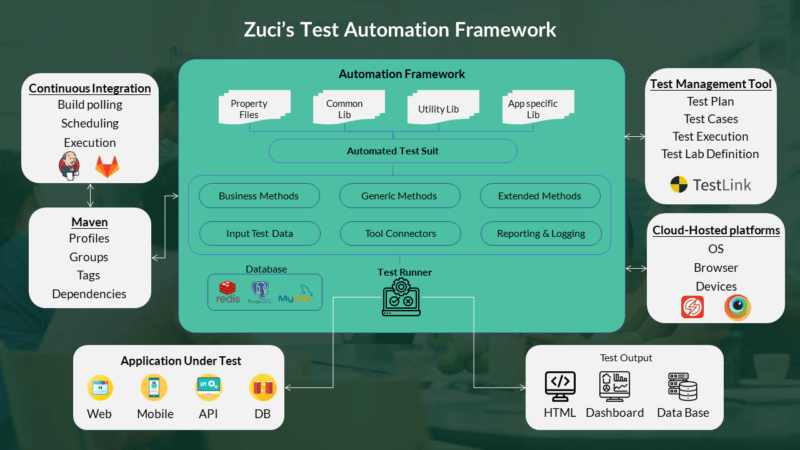Reading Time : 0 Mins
Regression Testing 101: A Short Overview
An INFJ personality wielding brevity in speech and writing.
What is Regression testing?
Regression testing is a type of software testing that validates existing parts of the software, could be functional, non-functional, or look and feel, and ensure that no new errors or bugs were introduced during the modification or enhancement of the code, for example, post bug fix or module enhancements, new feature addition, etc.
Testers carry out regression testing by adding necessary test cases to the regression suite which has to be executed repeatedly for each release. Execution of the regression cases can be done manually or through automated tests, although manual regression testing may take more time. Automated regression tests are often capable of finding problems missed by manual testing for repeated mundane flows.
Pro tip: Automating regression suites helps QA teams achieve desired test coverage when the test suites grow in number.
Regression & Retesting: The difference
While both are types of black-box testing, regression testing ensures that existing parts of the software work fine and are not affected by the new code fixes. On the other hand, as the name suggests, re-testing is testing to ensure that the test cases pass again after the defects have been eliminated successfully.
Some best practices for building an efficient regression test suite
In today’s agile software development process, especially when feature updates are hitting the market at a constant pace, manual regression testing will be a tedious task. The better way is to automate regression testing. When opting for test automation, a lot of manual efforts going into keeping with the requirement changes, back and forth feedback from production, dealing with database upgrades, or server patches get saved big time.
Before creating an automated regression test suite, here are a few things to keep in mind.
- Compartmentalization of tests based on functionalities
- Prioritizing tests
- Have in place a scalable test automation framework that is easily maintainable
- Reusable libraries
- A test framework with high extensibility & flexibility to connect with different test management tools
Have a look at Zuci’s Regression testing framework below

Regression testing approaches
When it comes to regression testing, there are few commonly used approaches by the QA teams. Some of them are,
Prioritize test cases: The approach here is, the testing team prioritizes and handpicks a specific set of test cases that are potentially impactful than the rest of the tests.
Select appropriate tests: The approach here is the testing team selects the most appropriate test cases, I.e., frequently used functionalities, critical features for execution to ensure that it delivers the intended results, functionalities impacted by the incoming change.
Hybrid regression: This approach is a blend of test case prioritization and test case selection techniques.
Re-test everything: The approach here is the testing team, with the help of TDD practices, re-test the entire test suite and monitors for errors/defects.
Final thoughts
Choosing the right automation framework, test cases are vital to executing a successful regression test. No number of changes to the software is small or big; it’s significant that the QA team performs full-cycle regression test suites to obtain maximum test coverage.
If your team is on its way to performing automated regression suites and needs some guidance, get our QA leads to assist you. We can help you build a robust testing approach for your test suites from scratch with the help of our in-house test automation engine created by our test engineers with hands-on expertise working with various clients ranging from startups to Fortune 500 companies.
Related Posts





















